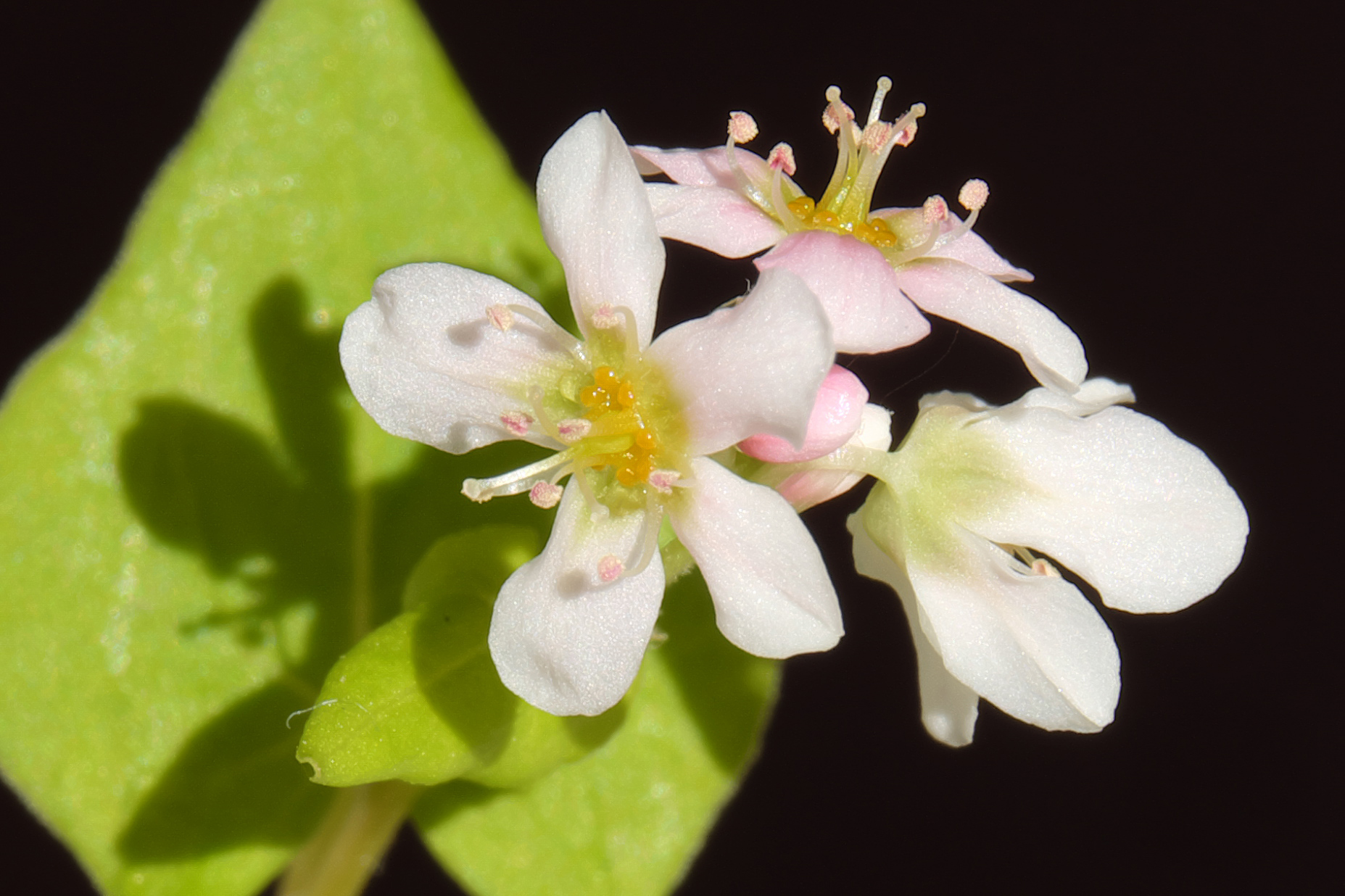|
Heliamphora Folliculata
''Heliamphora folliculata'' ( Latin: ''folliculatus'' = having follicles) is a species of Marsh Pitcher Plant endemic to the Aparaman group of tepuis in Venezuela. It grows on all four mountains: Aparaman Tepui, Murosipan Tepui, Tereke Tepui and Kamakeiwaran Tepui. The nectar spoon of this species, which bears giant extrafloral nectaries within its internal chamber, may have evolved to prevent rain from washing away the energetically costly nectar Nectar is a sugar-rich liquid produced by plants in glands called nectaries or nectarines, either within the flowers with which it attracts pollinating animals, or by extrafloral nectaries, which provide a nutrient source to animal mutualists ... produced by the plant.Płachno, B.J., P. Świątek & A. Wistuba 2007The giant extra-floral nectaries of carnivorous ''Heliamphora folliculata'': architecture and ultrastructure.''Acta Biologica Cracoviensia Series Botanica'' 49(2): 91–104. References Further reading * Carow, T ... [...More Info...] [...Related Items...] OR: [Wikipedia] [Google] [Baidu] |
Wistuba
Andreas Wistuba (born 4 March 1967) is a German taxonomist and botanist specialising in the carnivorous plant genera ''Heliamphora'' and ''Nepenthes''. More than half of all known ''Heliamphora'' species have been described by Wistuba. Publications * Nerz, J. & A. Wistuba 1994Five new taxa of ''Nepenthes'' (Nepenthaceae) from North and West Sumatra ''Carnivorous Plant Newsletter'' 23(4): 101–114. * Wistuba, A. & H. Rischer 1996''Nepenthes lavicola'', a new species of Nepenthaceae from the Aceh Province in the North of Sumatra ''Carnivorous Plant Newsletter'' 25(4): 106–111. * Nerz, J. & A. Wistuba 2000''Heliamphora hispida'' (Sarraceniaceae), a new species from Cerro Neblina, Brazil-Venezuela ''Carnivorous Plant Newsletter'' 29(2): 37–41. * Wistuba, A., P. Harbarth & T. Carow 2001''Heliamphora folliculata'', a new species of ''Heliamphora'' (Sarraceniaceae) from the ‘Los Testigos’ Table Mountains in the South of Venezuela ''Carnivorous Plant Newsletter'' 30(4): 120– ... [...More Info...] [...Related Items...] OR: [Wikipedia] [Google] [Baidu] |
Carnivorous Plant Newsletter
The ''Carnivorous Plant Newsletter'' is the official publication of the International Carnivorous Plant Society (ICPS), the largest such organization in the world. It is headquartered in Walnut Creek, California. History and editorship The newsletter has been published every year since its inception in 1972. It was first published as a stenciled product, with annual subscription priced at $1 for those in the contiguous United States, Mexico and Canada, and $2 for those living elsewhere. The first issue, from April 1972, opened with the following paragraph: In 1972 the newsletter had around 25 subscribers; this number quickly grew to more than 100 by June 29 of that year and reached 600 in July 1976. In 2018, the quarterly print run is 1400 copies. In volume 7 (1978), the newsletter started printing in a 6 by 9 inch format with colour covers, and limited colour reproduction in some articles. The publication was founded by Don Schnell and Joe Mazrimas. Additional early ed ... [...More Info...] [...Related Items...] OR: [Wikipedia] [Google] [Baidu] |
Latin
Latin (, or , ) is a classical language belonging to the Italic branch of the Indo-European languages. Latin was originally a dialect spoken in the lower Tiber area (then known as Latium) around present-day Rome, but through the power of the Roman Republic it became the dominant language in the Italian region and subsequently throughout the Roman Empire. Even after the fall of Western Rome, Latin remained the common language of international communication, science, scholarship and academia in Europe until well into the 18th century, when other regional vernaculars (including its own descendants, the Romance languages) supplanted it in common academic and political usage, and it eventually became a dead language in the modern linguistic definition. Latin is a highly inflected language, with three distinct genders (masculine, feminine, and neuter), six or seven noun cases (nominative, accusative, genitive, dative, ablative, and vocative), five declensions, four ... [...More Info...] [...Related Items...] OR: [Wikipedia] [Google] [Baidu] |
Heliamphora
The genus ''Heliamphora'' ( or ; Greek: ''helos'' " marsh" and ''amphoreus'' "amphora") contains 23 species of pitcher plants endemic to South America.McPherson, S., A. Wistuba, A. Fleischmann & J. Nerz 2011. '' Sarraceniaceae of South America''. Redfern Natural History Productions, Poole. The species are collectively known as sun pitchers, based on the mistaken notion that the ''heli'' of ''Heliamphora'' is from the Greek ''helios'', meaning "sun". In fact, the name derives from ''helos'', meaning marsh, so a more accurate translation of their scientific name would be marsh pitcher plants. Species in the genus ''Heliamphora'' are carnivorous plants that consist of a modified leaf form that is fused into a tubular shape. They have evolved mechanisms to attract, trap, and kill insects; and control the amount of water in the pitcher. At least one species ('' H. tatei'') produces its own proteolytic enzymes that allows it to digest its prey without the help of symbiotic bacte ... [...More Info...] [...Related Items...] OR: [Wikipedia] [Google] [Baidu] |
Endemic (ecology)
Endemism is the state of a species being found in a single defined geographic location, such as an island, state, nation, country or other defined zone; organisms that are indigenous to a place are not endemic to it if they are also found elsewhere. For example, the Cape sugarbird is found exclusively in southwestern South Africa and is therefore said to be ''endemic'' to that particular part of the world. An endemic species can be also be referred to as an ''endemism'' or in scientific literature as an ''endemite''. For example ''Cytisus aeolicus'' is an endemite of the Italian flora. ''Adzharia renschi'' was once believed to be an endemite of the Caucasus, but it was later discovered to be a non-indigenous species from South America belonging to a different genus. The extreme opposite of an endemic species is one with a cosmopolitan distribution, having a global or widespread range. A rare alternative term for a species that is endemic is "precinctive", which applies to s ... [...More Info...] [...Related Items...] OR: [Wikipedia] [Google] [Baidu] |
Tepui
A tepui , or tepuy (), is a table-top mountain or mesa found in South America, especially in Venezuela and western Guyana. The word tepui means "house of the gods" in the native tongue of the Pemon, the indigenous people who inhabit the Gran Sabana. Tepuis tend to be found as isolated entities rather than in connected ranges, which makes them the host of a unique array of endemic plant and animal species. Some of the most outstanding tepuis are Auyantepui, Autana, Neblina, and Mount Roraima. They are typically composed of sheer blocks of Precambrian quartz arenite sandstone that rise abruptly from the jungle, giving rise to spectacular natural scenery. Auyantepui is the source of Angel Falls, the world's tallest waterfall. Morphology These table-top mountains are the remains of a large sandstone plateau that once covered the granite basement complex between the north border of the Amazon Basin and the Orinoco, between the Atlantic coast and the Rio Negro. Th ... [...More Info...] [...Related Items...] OR: [Wikipedia] [Google] [Baidu] |
Venezuela
Venezuela (; ), officially the Bolivarian Republic of Venezuela ( es, link=no, República Bolivariana de Venezuela), is a country on the northern coast of South America, consisting of a continental landmass and many islands and islets in the Caribbean Sea. It has a territorial extension of , and its population was estimated at 29 million in 2022. The capital and largest urban agglomeration is the city of Caracas. The continental territory is bordered on the north by the Caribbean Sea and the Atlantic Ocean, on the west by Colombia, Brazil on the south, Trinidad and Tobago to the north-east and on the east by Guyana. The Venezuelan government maintains a claim against Guyana to Guayana Esequiba. Venezuela is a federal presidential republic consisting of 23 states, the Capital District and federal dependencies covering Venezuela's offshore islands. Venezuela is among the most urbanized countries in Latin America; the vast majority of Venezuelans live in the cities of ... [...More Info...] [...Related Items...] OR: [Wikipedia] [Google] [Baidu] |
Extrafloral Nectaries
Nectar is a sugar-rich liquid produced by plants in glands called nectaries or nectarines, either within the flowers with which it attracts pollinating animals, or by extrafloral nectaries, which provide a nutrient source to animal mutualists, which in turn provide herbivore protection. Common nectar-consuming pollinators include mosquitoes, hoverflies, wasps, bees, butterflies and moths, hummingbirds, honeyeaters and bats. Nectar plays a crucial role in the foraging economics and evolution of nectar-eating species; for example, nectar foraging behavior is largely responsible for the divergent evolution of the African honey bee, ''A. m. scutellata'' and the western honey bee. Nectar is an economically important substance as it is the sugar source for honey. It is also useful in agriculture and horticulture because the adult stages of some predatory insects feed on nectar. For example, a number of parasitoid wasps (e.g. the social wasp species ''Apoica flavissima'') re ... [...More Info...] [...Related Items...] OR: [Wikipedia] [Google] [Baidu] |
Nectar
Nectar is a sugar-rich liquid produced by plants in glands called nectaries or nectarines, either within the flowers with which it attracts pollinating animals, or by extrafloral nectaries, which provide a nutrient source to animal mutualists, which in turn provide herbivore protection. Common nectar-consuming pollinators include mosquitoes, hoverflies, wasps, bees, butterflies and moths, hummingbirds, honeyeaters and bats. Nectar plays a crucial role in the foraging economics and evolution of nectar-eating species; for example, nectar foraging behavior is largely responsible for the divergent evolution of the African honey bee, ''A. m. scutellata'' and the western honey bee. Nectar is an economically important substance as it is the sugar source for honey. It is also useful in agriculture and horticulture because the adult stages of some predatory insects feed on nectar. For example, a number of parasitoid wasps (e.g. the social wasp species '' Apoica flavissima' ... [...More Info...] [...Related Items...] OR: [Wikipedia] [Google] [Baidu] |
Flora Of Venezuela
The flora of Venezuela consists of a huge variety of unique plants; around 38% of the estimated 30,000 species of plants found in the country are endemic to Venezuela. Overall, around 48% of Venezuela's land is forested; this includes over 60% of the Venezuelan Amazon. These rainforests are increasingly endangered by mining and logging activities. Venezuela's habitats range from the Andes mountains in the west to the Amazon Basin rainforest in the south, via extensive Llanos plains and Caribbean coast in the center and the Orinoco River Delta in the east. They include xeric scrublands in the extreme northwest and coastal mangrove forests in the northeast. Its cloud forests and lowland rainforests are particularly rich, for example hosting over 25,000 species of orchids.Dydynski, K; Beech, C (2004). Venezuela'. Lonely Planet. . Retrieved 10 March 2007. p42 These include the ''flor de mayo'' orchid (''Cattleya mossiae''), the national flower. Venezuela's national tree is the ''araguan ... [...More Info...] [...Related Items...] OR: [Wikipedia] [Google] [Baidu] |



.jpg)



%2C_Venezuela.jpg)